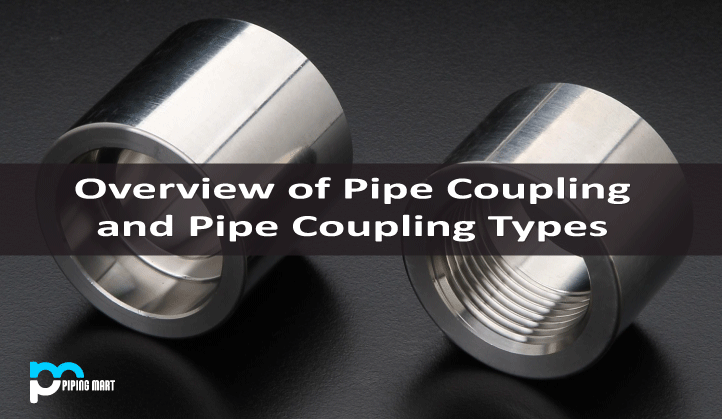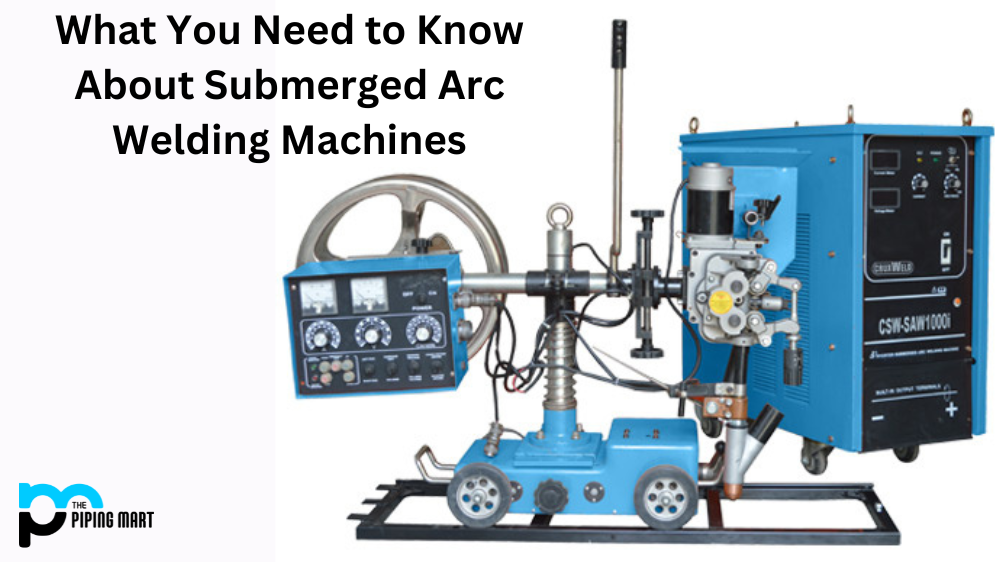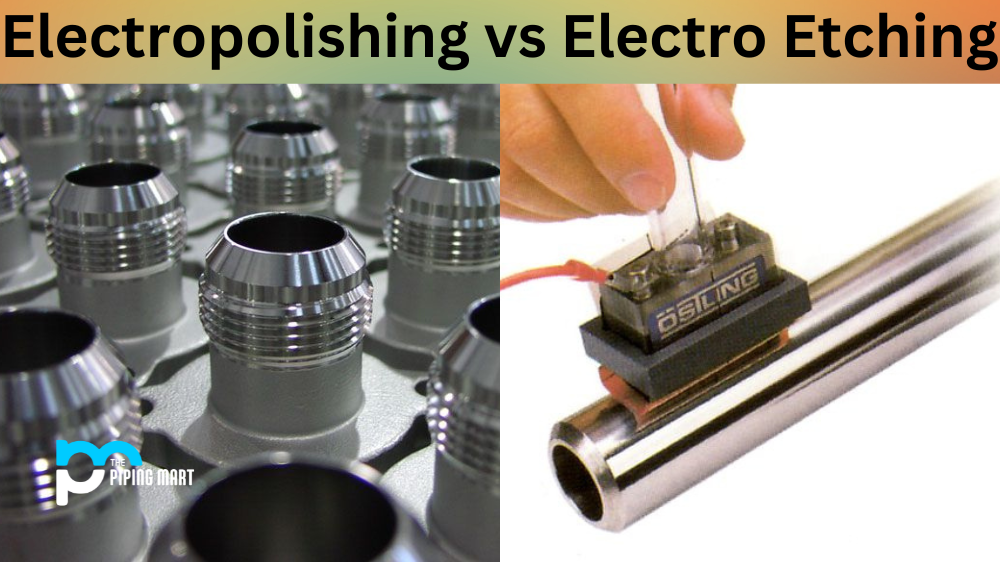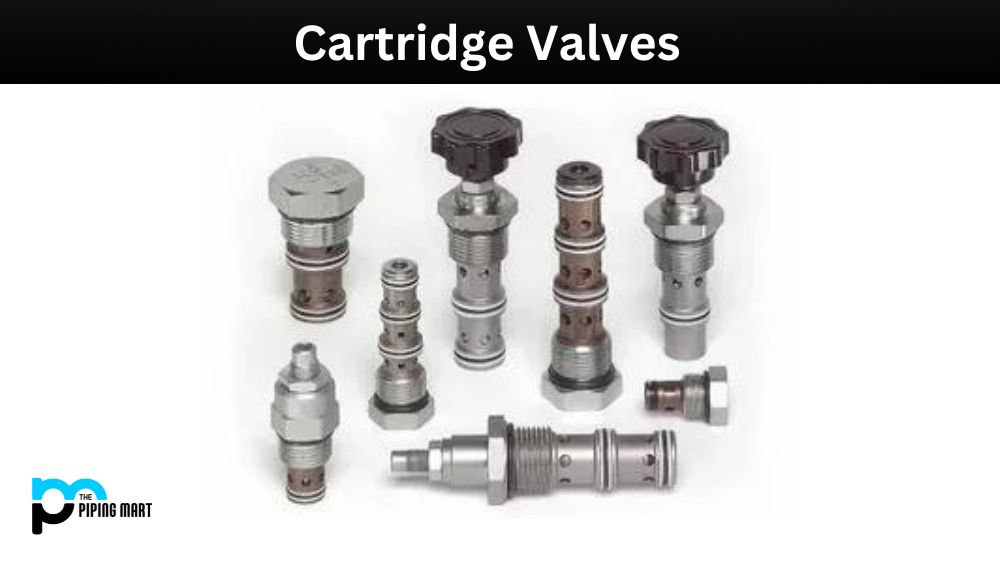A pipe coupling is a device that joins pipe sections while maintaining the pipes’ integrity. It is a very useful pipe fitting in the piping and plumbing industry. To allow for changes in direction and the passage of obstacles, most pipe installations need the connecting or cutting of many pieces of pipe. A pipe coupling is a small piece of pipe or tube that joins two pipes or tubes together. At both ends, it features socket or female pipe threads. Pipe coupling connects two pipes or tubes of the same or different diameters to form a long pipe run.
What Use Does a Pipe Coupling Serve?
Pipe couplings are used to join two or more pieces of pipe in water and wastewater piping systems in order to ensure continuity. They can be used to link pipes of various or equal diameters, as well as more than two pipes in a cross or T-shaped configuration. There are no restrictions on pipe fitting applications, just as there are no restrictions on valve applications. As the range of applications for pipe expands, its strength, adaptability, high flow rates, and chemical tolerance make it excellent for transporting or converting liquids, steam, solids, and air from one stage to the next. Pipe couplings are used to conveniently join two pipes. Pipe couplings have flexible joints that do not require the use of any additional equipment, nevertheless offering secure, durable seals.
Types of Pipe Coupling:-
Full coupling:
For connecting tiny bore pipes, a full coupling is employed. It was originally used to link two pipes together or to connect a pipe to a swage or a nipple. Ends can be threaded or socketed.
When the pipe standard requires a socket weld, a socket weld complete coupling is utilized to link small-bore plain end pipes. Small-bore pipes with threaded ends are joined with a threaded complete coupling. When the two ends of coupling are different (for example, one BSP threaded and the other NPT threaded), it’s called an adapter.
Half coupling:
Small-bore branching from a vessel or big bore pipe is done with a half coupling. It can be either threaded or socketed. Only one side has a socket or thread end.
To construct a branch connection, a socket weld half coupling can be directly welded to a large diameter pipe. It’s utilized to branch off a large bore pipe into a small bore pipe when the pipe standard calls for a socket weld in the small bore size. A threaded half coupling has just one thread end, and the coupling’s other end should be a butt welding end with either a plain or bevel end.
Reduce coupling:
Reducing couplings are used to join pipes with different diameters. On either side of a reducing coupling, there are two distinct diameters of threads. When small process feeder lines are connected to big supply circuits or small diameter fittings are fitted, reducing couplings are frequently employed.
Compression coupling:
A compression coupling joins two precisely aligned pipes by placing a slotted tapered sleeve over the junction and drawing two flanges over the sleeve to center the pipes and create appropriate contact pressure.
Slip coupling:
A slip coupling (also known as a repair coupling) is made comprised of two pipes, one of which slips out of the other to different lengths. Slip couplings are designed without an internal stop to allow them to be slipped into tiny spaces, such as repairing a pipe that has a small leak due to corrosion or freeze breaking or that has to be temporarily cut for whatever reason.
Categories of Pipe Couplings
Couplings can be split into two major groups under the category of pipe fittings.
Permanent Coupling
In the case of steel or copper tubing or adhesives, permanent pipe couplings usually use soldering or brazing in the case of PVC pipes. If properly mounted, these permanent joints provide outstanding stability and sealing properties where no potential piping improvements are foreseen.
Removable Pipe Couplings
Removable pipe couplings are most commonly a threaded style that allows the coupling to be tightened onto the pipes. The smallest of these is a much wider base pipe segment than the pipes to be joined and sliced by an inner thread. The ends of the pipes are always threaded, and the hemp or sealing tape connecting to both pipes is conveniently sealed and set.
Pipe Couplings Uses
There is no limit to pipe fitting applications as long as there is no limit to valve applications. As the scope of piping uses continues to grow, its strength, versatility, very strong flow rates, and high chemical tolerance are ideally suitable qualities for the transport or conversion of liquids, steam, solids, and air from one stage to the next. Pipe couplings are used to connect even two pipes easily. And though providing secure, robust seals, pipe couplings do have flexible joints that do not require any special equipment to be used.
Wherever pipe networks can be found pipe couplings are used. They are used in firefighting, heating, air supply/removal, and sea/freshwater storage on ships and in offshore. Going back to land, pipe couplings are used for cooling return tanks, lubrication tanks, compressed air tubes, and firefighting tubes in power plants. So that’s not ending there. Often used in plant maintenance, power plants, water and gas delivery facilities, manufacturing, structural engineering, architecture works, and other equipments are pipe couplings.

Pipingmart is B2B portal specializes in industrial, metal and piping products. Also, share latest information and news related to products, materials and different types grades to help business dealing in this industry.




